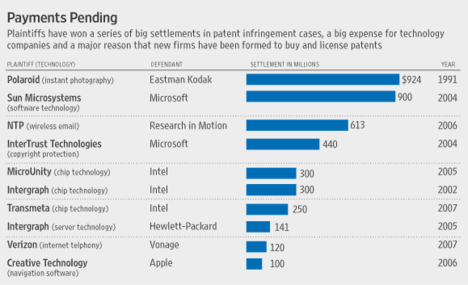
Source of book image: http://images.barnesandnoble.com/images/27400000/27406153.jpg
(p. W14) Like Lytton Strachey, John Maynard Keynes and others in the Bloomsbury group, Woolf came from a well-to-do Victorian family living in a large house. When her family woke in the morning, the fires were already lit; while the family was out, the house was cleaned; when the family members arrived home, dinner was served. Part of Woolf’s rebellion against her patrimony was trying to free herself from the limitations placed on the education of women, on their sexual freedom, on their earning power. But another part, as Ms. Light reminds us, was trying to free herself from the strictures of a bourgeois household. As soon as possible, Virginia and her sister, Vanessa, wore simpler clothes, refused to change for dinner, had slighter meals at irregular times and rejoiced in clutter.
It’s not easy so to escape one’s class, however. When the daughters of Leslie and Julia Stephen left home after their father’s death in 1904, they took the household cook with them. And though they pursued busy bohemian lives thereafter — routinely challenging the legacy of Victorian propriety even as they married and set up households of their own — they preserved at least one assumption of privilege: They always had servants, whom they often passed around among themselves as their own needs and desires changed.
One of the ironies that emerges from Ms. Light’s book is that Woolf’s mother, a product of the Victorian age, treated her servants with both dignity and affection, and they were in turn devoted to her. Anybody who has read in Woolf’s diaries and letters, however, knows that she can be a dreadful snob, and worse. The shocking extent of her acrimonious journal entries about Nellie Boxall, her cook of 18 years — a “mongrel” and “rubbish,” according to Woolf — partly inspired Ms. Light’s book.
For the full review, see:
ALEXANDRA MULLEN. “BOOKS; Review; The Brooms of Bloomsbury.” The Wall Street Journal (Sat., SEPTEMBER 13, 2008): W14.
The book under review, see:
Light, Alison. Mrs. Woolf and the Servants. Bloomsbury Press, 2008.
 “One aviation expert said the Midway deal was a way to overcome inefficiencies of public airports.” Source of caption and photo: online version of the NYT article quoted and cited.
“One aviation expert said the Midway deal was a way to overcome inefficiencies of public airports.” Source of caption and photo: online version of the NYT article quoted and cited.




